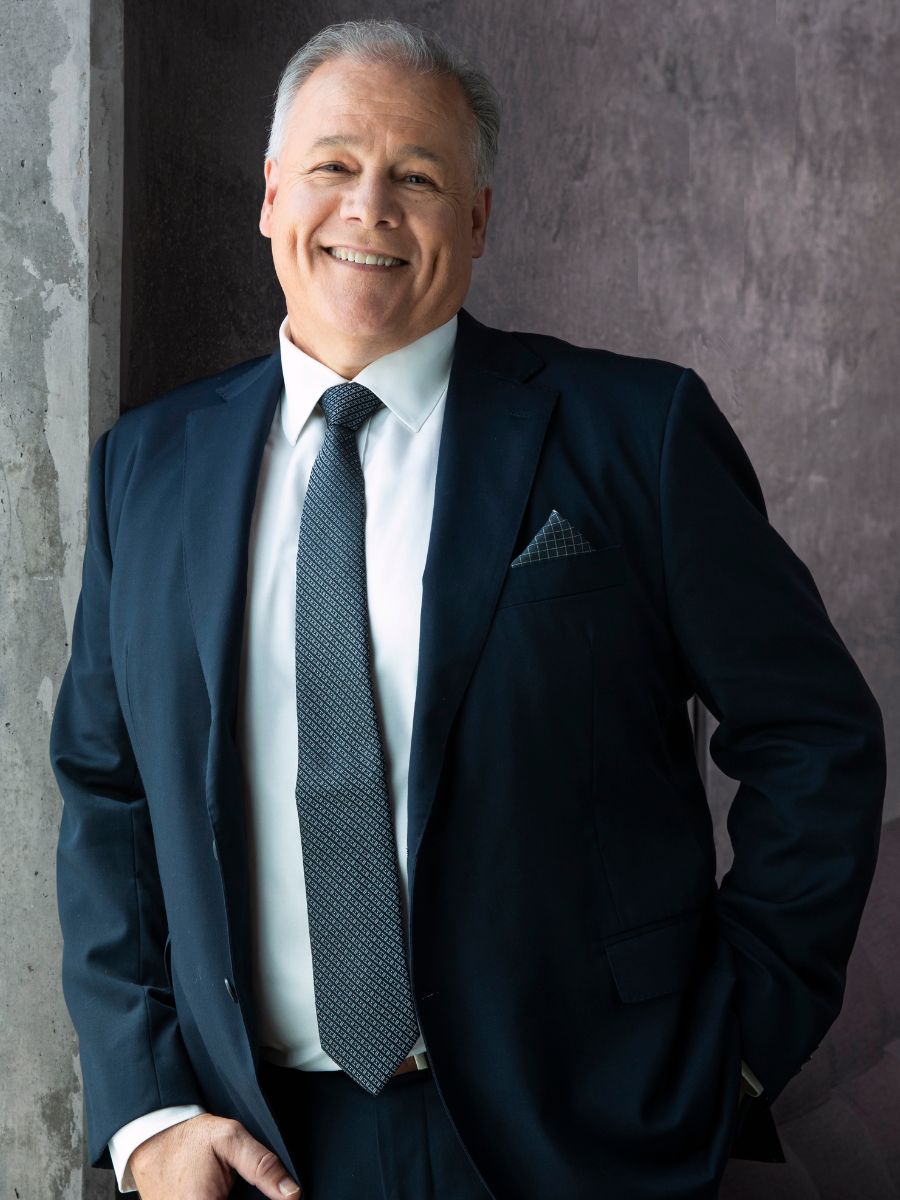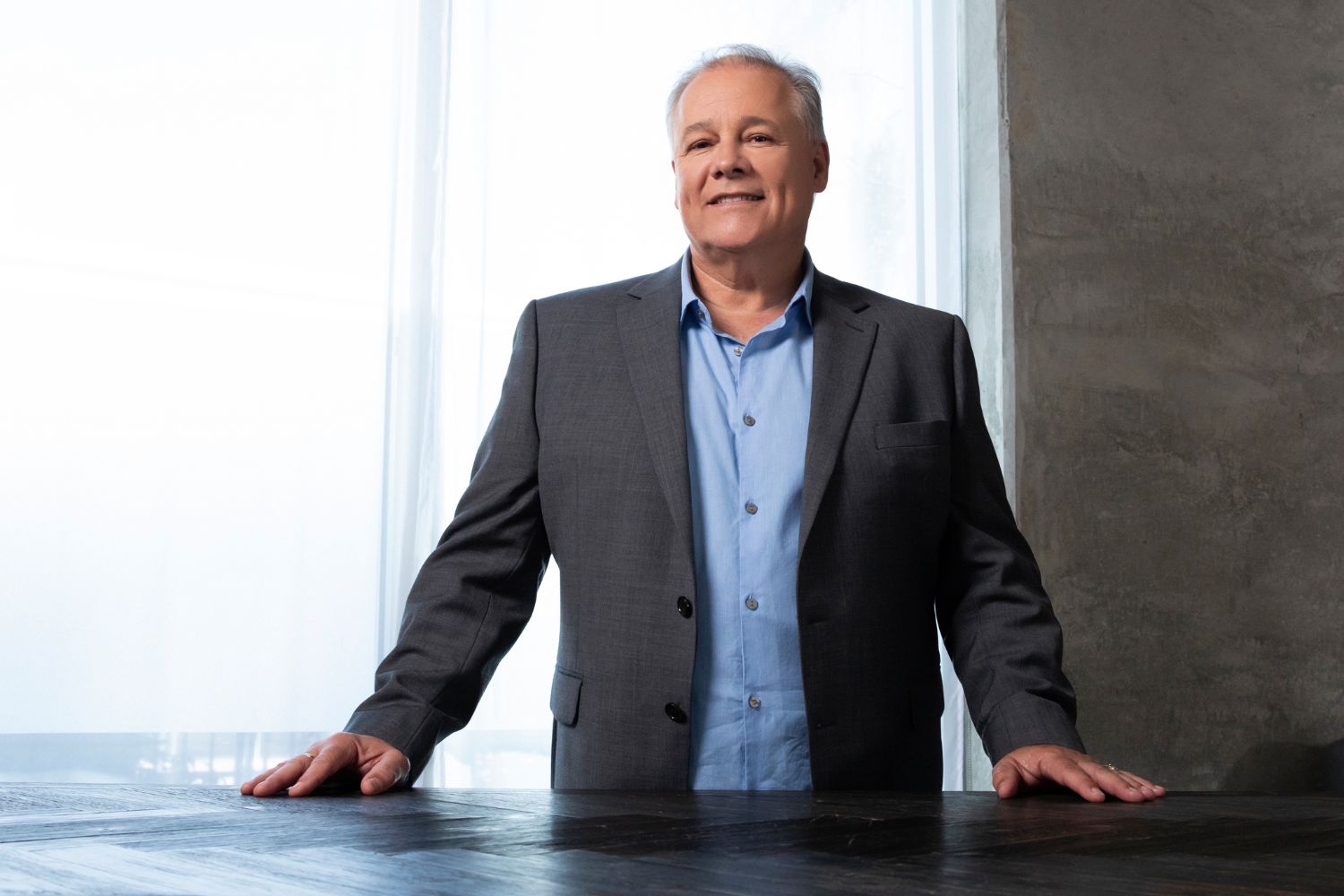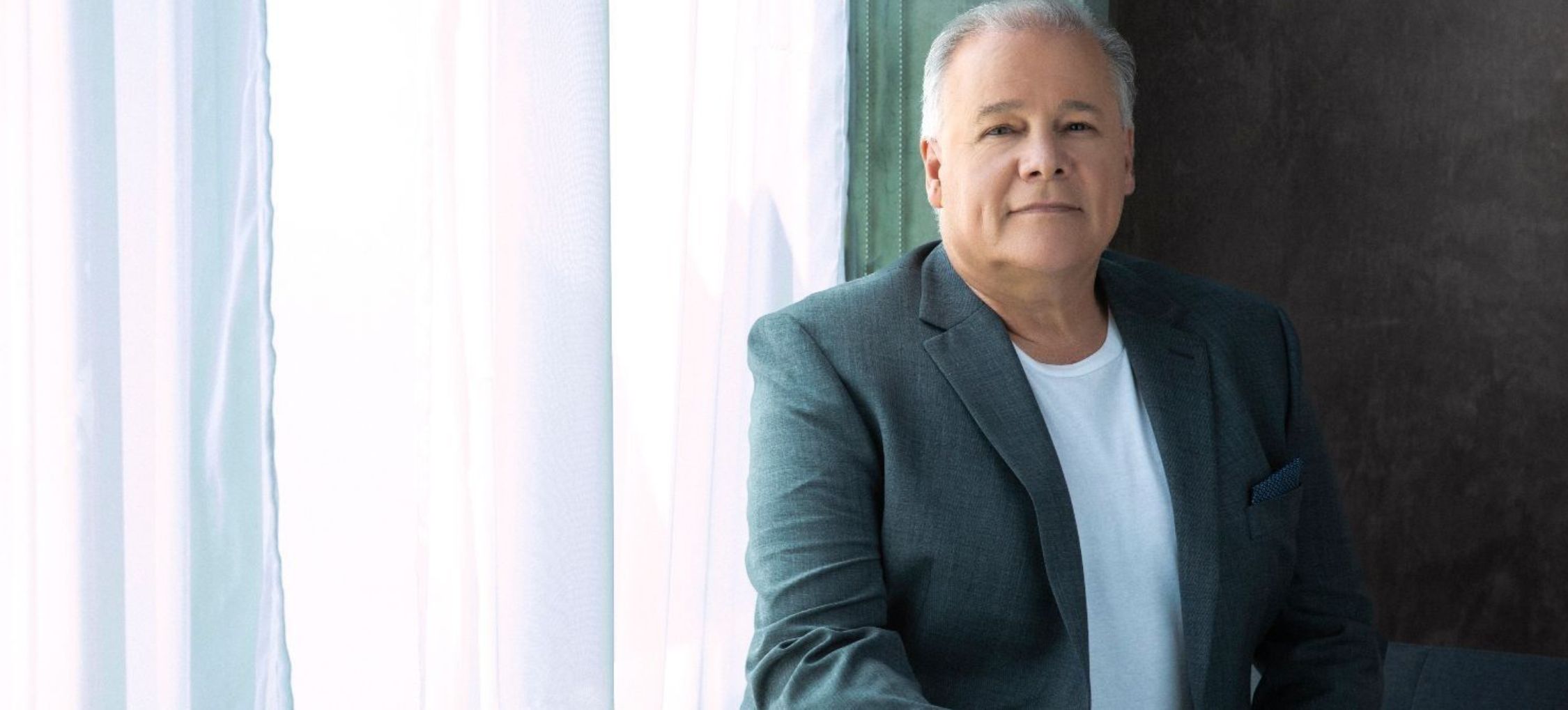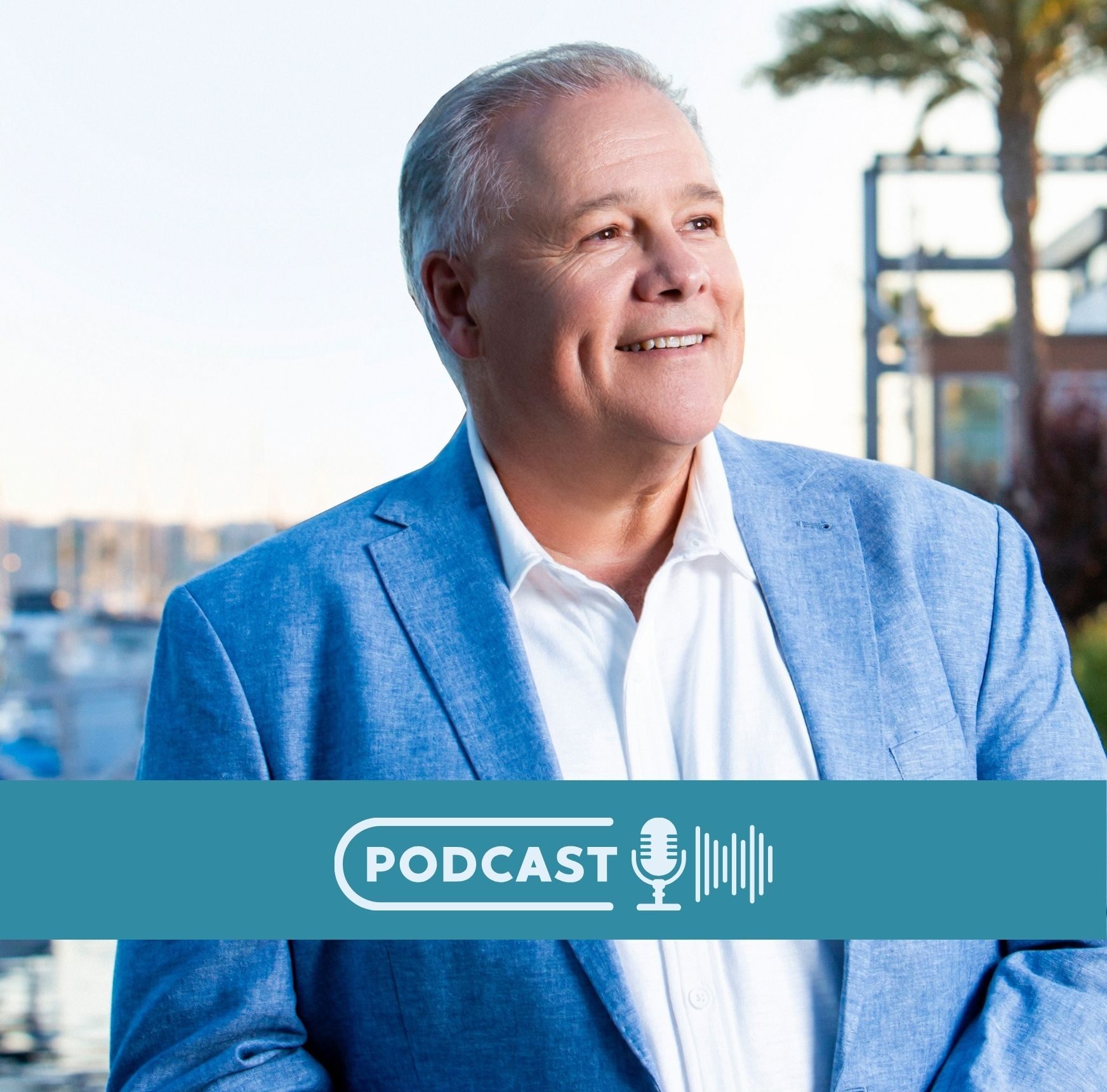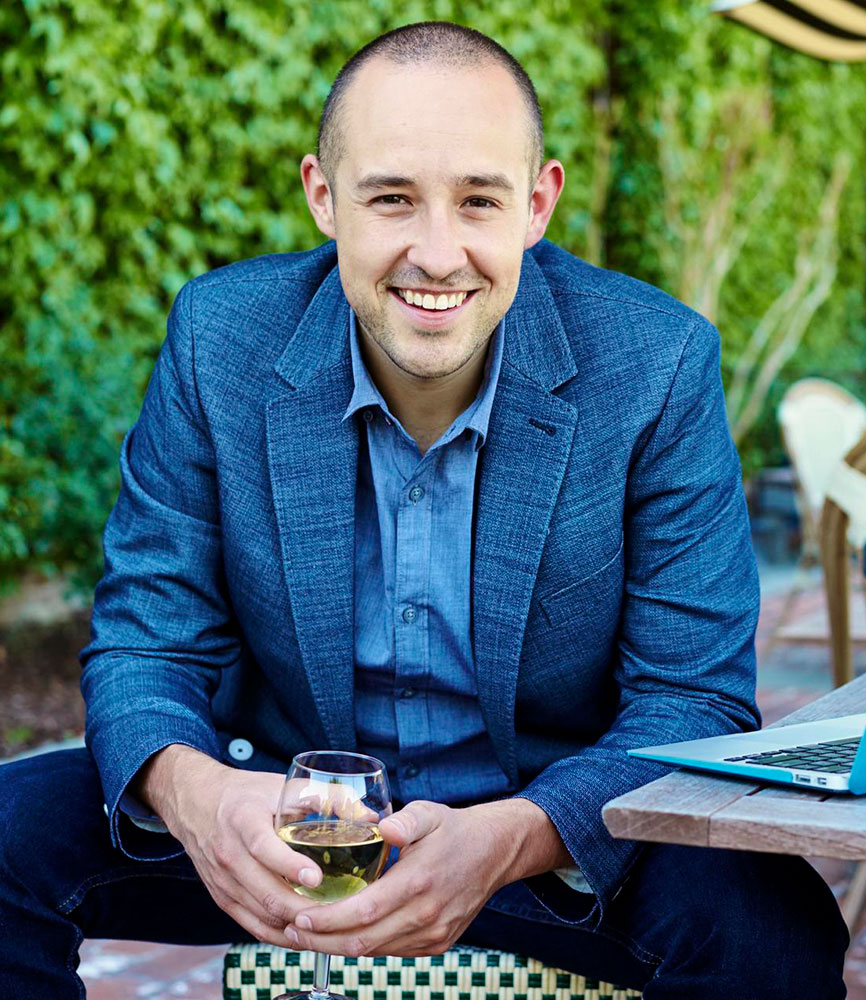Most of us are worried about quarterly reports and short-term share prices, and we often lose sight of the profound impact that true stewardship can have.
Leadership, while crucial, is just the beginning.
Stewardship takes us further.
Stewardship nurtures a legacy that outlives us.
Stewardship creates change that ripples through generations.
And, when I think of the perfect example of this, the Hillary family is a true masterclass.
When Sir Edmund Hillary and Tenzing Norgay first summited Everest in 1953, they didn’t just achieve a mountaineering feat – they set in motion a multi-generational commitment to the people of Nepal.
They set in motion the perfect example of how leadership transcends into stewardship.
Leadership asks, “How can I guide others to achieve a goal?”
Stewardship asks, “How can I nurture something that will thrive long after I’m gone?”
Peter Hillary shared insights that illuminate this distinction in our conversation on “The Wisdom Of…” Show.
He spoke of his father’s decision to build a school in Nepal in 1960, not as a one-off act of charity, but as the beginning of a lifelong commitment.
The school wasn’t about media opportunities or feeding his ego.
It was about recognizing a need and saying, “I can do it. I am going to do it.”
This is the essence of stewardship – the willingness to commit to long-term, sustainable change.
But the Hillary legacy doesn’t stop there.
Peter himself has taken up the mantle, serving as the chairperson of the Himalayan Trust.
And now, his son Alexander is the general manager.
THREE generations, all committed to the same cause.
This multi-generational approach to stewardship is what we desperately need in our world today.
It’s not enough to lead for the present; we must steward for the future.
In my work with leaders across various industries, I often emphasize the need for this shift from leadership to stewardship.
It’s part of what I call the “renaissance of wisdom” – a return to long-term thinking and a commitment to creating lasting value.
Imagine if more businesses operated with this mindset.
Instead of chasing quarterly profits, they’d be building legacies that span decades (and, undoubtedly the profits would come).
Instead of exploiting resources, they’d be nurturing communities (and, undoubtedly the profits would come).
The Hillary family’s approach to stewardship offers several key lessons:
- Start with a Single Step: Sir Edmund’s journey began with one school. Your stewardship journey can start with a single action.
- Think Beyond Your Lifetime: True stewardship isn’t about immediate rewards. It’s about setting in motion changes that will outlive you.
- Pass the Torch: Involve the next generation. Create systems and values that can be carried forward.
- Stay Connected: The Hillarys didn’t just send money to Nepal. They remained personally involved, visiting schools and maintaining relationships.
- Adapt and Grow: What started as education expanded into healthcare, infrastructure, and more. Stewardship evolves to meet changing needs.
Peter Hillary’s full interview on “The Wisdom Of…” Show offers a roadmap for anyone looking to shift from leadership to stewardship.
Listen to the full episode here:
As you listen, ask yourself:
What legacy am I creating?
How can my actions today set in motion positive changes that will resonate for generations?
Remember, stewardship isn’t reserved for famous explorers or wealthy philanthropists.
We all have the capacity to be stewards in our own spheres of influence.
Whether you’re a CEO, a team leader, or a community volunteer, you can adopt a stewardship mindset.
It starts with a simple shift in perspective.
Instead of asking, “What can I achieve?”, ask, “What can I nurture?”
Instead of “How can I lead?”, ask, “How can I steward?”
Reconnecting with timeless principles of long-term thinking, sustainability, and multi-generational impact.
The challenges we face today – from climate change to social inequality – require more than just leadership.
They require stewardship.
They require individuals and organizations willing to commit to long-term, sustainable solutions.
The Hillary family’s legacy challenges us all to think bigger, to commit more deeply, and to view our actions through the lens of multi-generational impact. In doing so, we have the opportunity to create a legacy of positive change that extends far beyond our own lifetimes.
What will your legacy of stewardship be?
How can you start today to create positive change that will resonate for generations to come?
The world is waiting for your answer.
And remember, unlocking your potential for stewardship starts with understanding your unique strengths and how they can be applied to the challenges we face. Whether you’re a business leader looking to align your company’s mission with broader societal needs, or an individual seeking to make a difference in your community, the principles of long-term stewardship offer a powerful framework for action. Apply here or watch the masterclass to understand more.
The time for mere leadership has passed. The world needs stewards. Will you answer the call?
Here’s to your wisdom,
Simon



